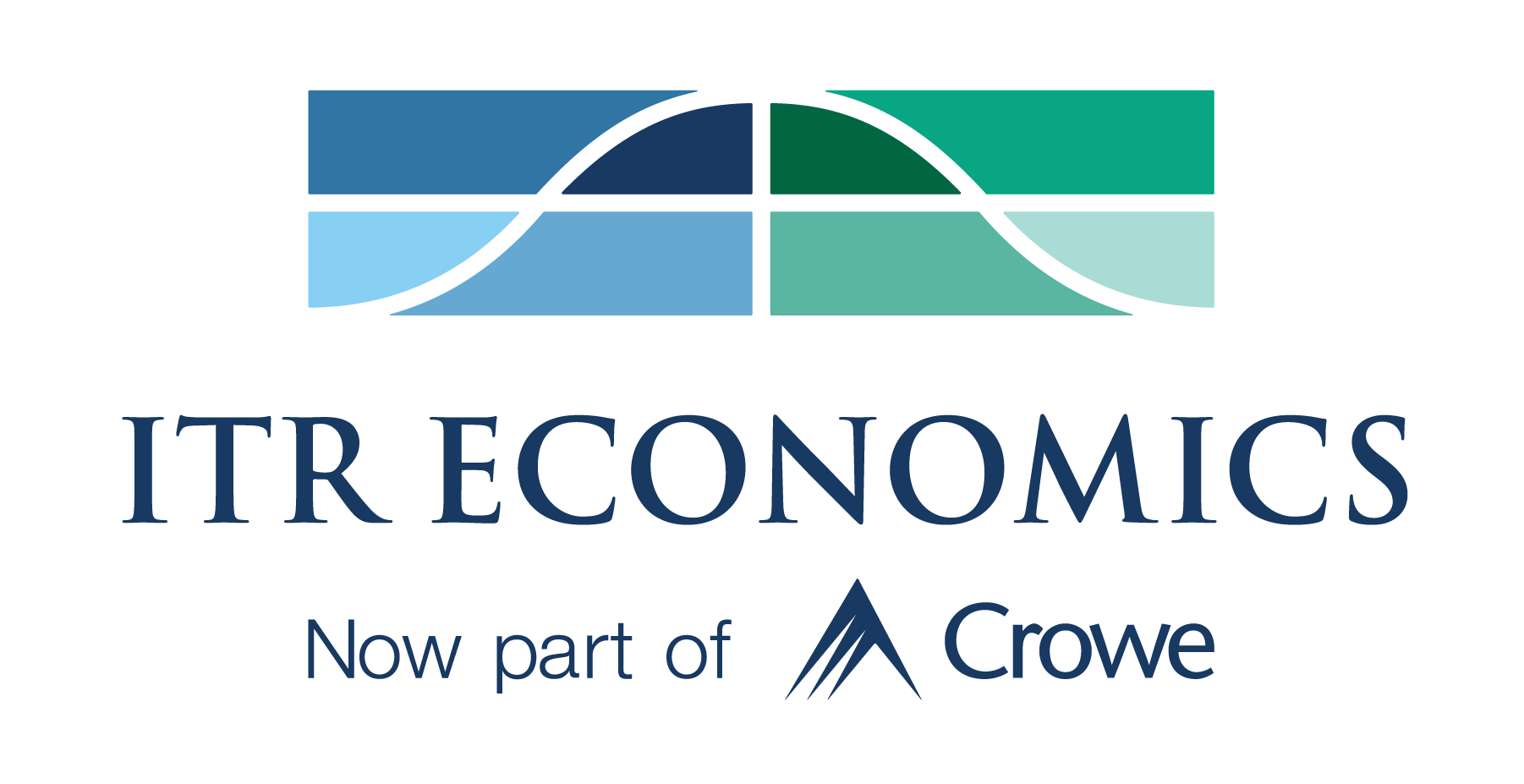- Mon - Fri: 8:30 - 5:00
- +1-603-796-2500
- ITR@itreconomics.com
December 2, 2022
- Home
- portfolio
- TrendsTalk
- December 2, 2022
with brian beaulieu
THE INVERSE YIELD CURVE IS HERE
The dreaded inverse yield curve is upon us. How does this new development impact our economic outlook for 2023 and beyond? Find out with the latest episode of TrendsTalk with ITR CEO and Chief Economist Brian Beaulieu.
The below transcript is a literal translation of the podcast audio that has been machine generated by Rev.
Hello, I’m Brian Beaulieu, CEO and chief economist for ITR Economics. Thank you very much for joining me for this edition of Trends Talk.
It’s here, the dreaded inverse yield curve is upon us, and not just a little, a lot. As you know, we needed two sustain months of an inversion for it to be statistically significant, and it is no, we’re at those two months, and it is more than a normal inverse yield curve. We’re looking at a spread where the short yield has exceeded the long term interest rate on the government bond yield by a very gross margin, much more so than we’ve seen in the last two inversions in particular.
This is disconcerting. It tells us that the Fed has totally failed to read the bond market signals. The bond market usually is right, and more often than the Federal Reserve as a matter of fact, and the bond market has been saying they didn’t need to do this. So, instead of the Fed right now saying, “Well, we’re going to slow down the rate of increase, but we’re going to still put up interest rates even more.” What they should be doing is saying, “Okay, enough. We’re not going to put them.”
Four months ago, they should have said, “We’re done putting interest rates higher. We’re going to see what effect all these changes we have done already or bringing upon us in the marketplace correcting itself.” What that is all going to do. Instead, they continue to ram these interest rates through. So we have an inverse yield curve on steroids. And what that’s going to do is change our outlook for 2024, maybe even fourth quarter of 2023. When we look at US industrial production, for instance, the average response time to an inverse yield curve says that the US industrial production is going to, I just said, do very well to make it to the end of 2023.
The median of all cases per set more like third quarter 2023, the US industrial production starts to slip. But if you throw out the one very bizarre short case, then it says we rise all the way through 2023 and then we be in a declining trend. So, we’re going to figure out if there’s a reason or throw out that very strange extreme case or whether we should keep it in the sample size, and that’ll determine a lot in terms of the timing for what part of 23, if it encompasses 23 at all.
But clearly for 2024, you’re going to see that ITR economics, we need to take the forecast down for 2024. We had anticipated that it was going to be a period of recovery, that the Fed would not have gone overboard like this, that the marketplace would have been able to handle the normal amount of rise, but instead, we’ve seen some pretty negative repercussions already. You look at the housing market for instance, that’s a pretty good tip off, and these rising interest rates are going to make it more difficult for the stock market to rebound.
We’re still not getting any positive leading indicator signals out of our normal dashboard leading indicators. And we normally would have by now if we are going to see that reacceleration that we are forecasting a year ago. And we’re just not seeing any of those signs. So, rather than wait till we’re in late 2023 and changing the outlook for 2024, we’re trying to be as proactive as we could have. And if it was just a Fed funds rate going up, there would be much less of a worry.
Recently, ran the analysis on our client data for 2000 that coming at December 2022, the client data that we’re going to be looking at, 30% of our clients whose data we’ll be looking at in reporting back to them in December, I don’t experience any adversity when we have an adverse yield curve.
So, for them, the future looks considerably brighter than for the other 70% and for the other 70% the negative fallout is going to vary considerably by what markets they happen to be in and how they have reformed in these inverse field curve situations in the past. But 70% is still the majority and that means the majority of our clients and the economy, when we look at GDP, US industrial production, retail sales will likely be trending downward in 2024.
I’d love to have given you this news six months ago, or even 12 months ago that would’ve been ideal, but just did not expect the severity of this inverse yield curve. In our mind, it isn’t warranted and that’s true. A lot of other economists, they’re saying that very similar take on what’s currently going on with the Federal Reserve. We’re being as proactive as we can on it. I apologize for any inconveniences, but we’re not even in 2023 yet, and we will get this thing nailed down.
Appreciate you listening to this Trends Talk. If you have any follow up questions at all, please call one of our trusted advisors, or send me an email, and I will answer you. My email address is brian@itreconomics.com. We appreciate your listening to this. For our valued clients, subscribers, you may email me or call your trusted advisor on the econ team. Thank you very much.




